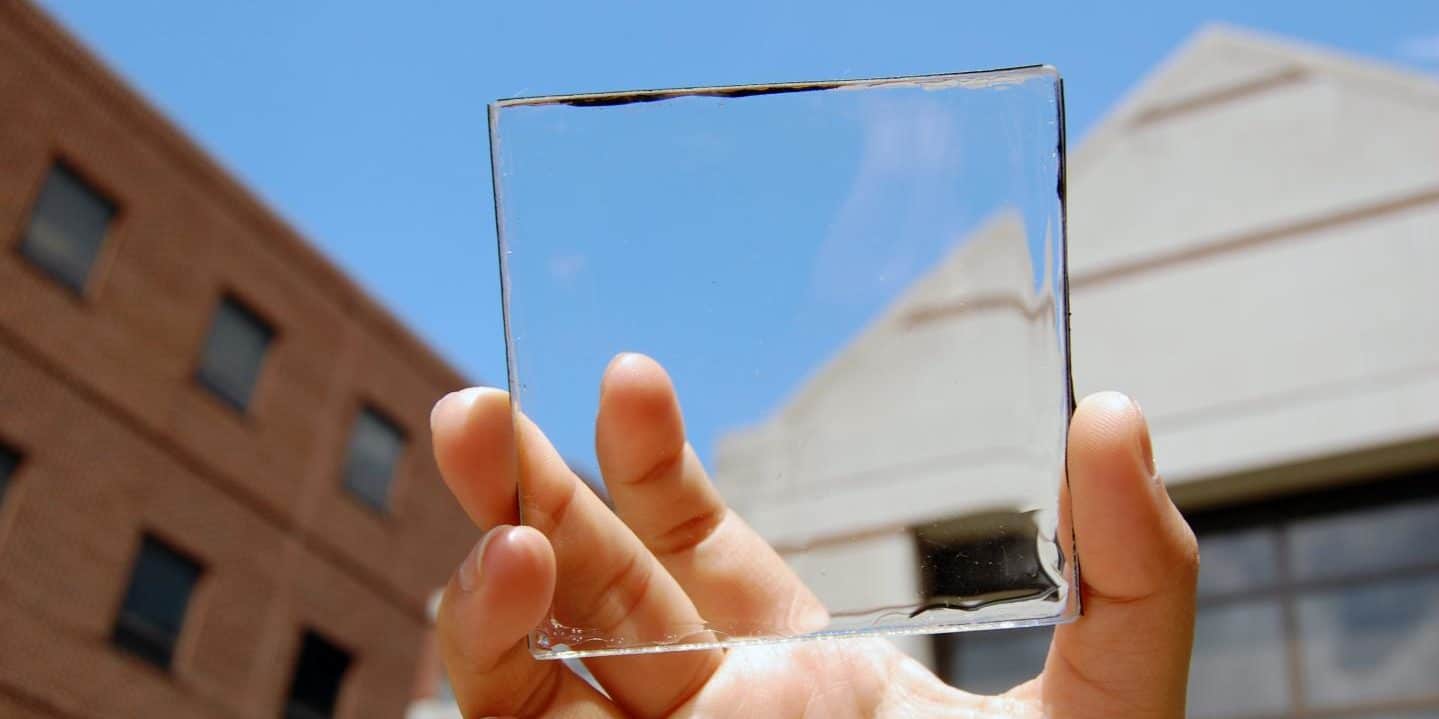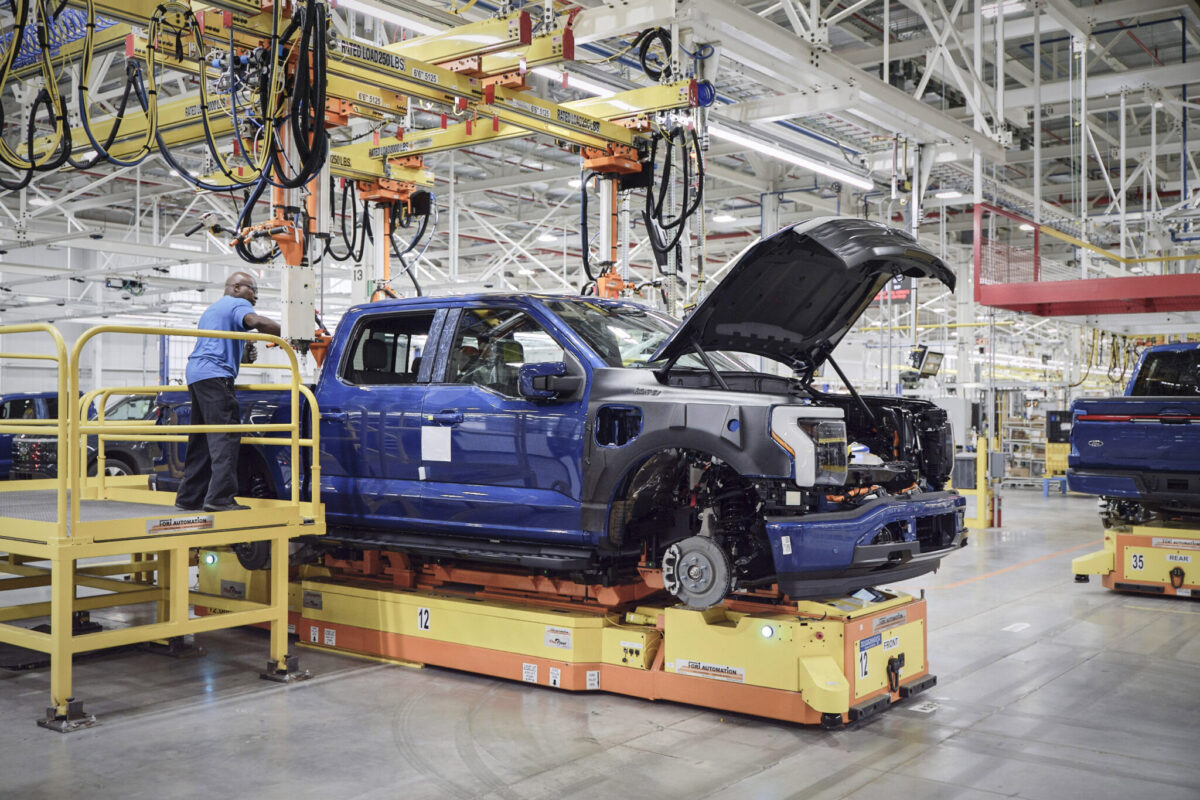Last year, a group from Michigan State published research suggesting that the United States could get 40% of its electricity from solar windows. Their projection suggested 5 to 7 billion square meters of usable window space existed, and that a 15% efficient solar window product applied across the area would get close that 40% number.
The Department of Energy’s (DOE) Solar Energy Technologies Office has awarded a team from the University of Michigan a $1.3 million grant to further develop its organic solar cell window technology from its current 8% efficiency to a goal of 15% efficiency. The project, Semi-Transparent, Reliable and Efficient Scalable Organic Solar Cells for Building Integrated Applications, hopes to produce their 50% transparent project on rolls at low costs and quickly.
The goal of the overall program from the Solar Energy Technologies Office, was to both support early stage research but also to help improve the pathway to move products from lab to commercialization.

Michigan State University
While the specific technology to be researched in this grant wasn’t made available, a team lead by similar members at the University of Michigan did project back in April that they were already hitting 15% with their organic solar cells, and that they projected 18% soon.
The researchers estimated that at 15% efficiency and given a 20-year lifetime, organic solar cells could produce electricity at a cost of less than 7¢/kWh (there was no mention of subsidies, but the assumption is unsubsidized).
The group was able to make a jump from 11% efficiency, that they said the organic solar cell industry had plateaued at, by stacking two organic solar cells—one capable of absorbing light from the visible spectrum starting at 350 nanometers in wavelength, and another capable of absorbing near-infrared light up to 950 nanometers in wavelength. The team demonstrated that their new design, materials and process have a high fabrication yield of over 95%.
With building integrated photovoltaics (BIPV) starting to catch traction in a couple of limited spaces – for instance Onyx Solar:
We finish a new project in a private house in Prague, Czech Republic🏠☀⚡
Our solar PV glass is an ideal complement for residential uses. This canopy allows the owners to produce clean energy and protect them from inclement weather.#PVGlass #Crysline#Residential #Canopy #Czech pic.twitter.com/mh2bLCemJl— Onyx Solar (@onyxsolar) October 24, 2018
And of course, there are new solar shingles coming – the Tesla Solar Roof, and the RGS Energy Powerhouse. And some of that solar roof stuff is being pushed by the California Residential Rooftop Solar mandate. What ought also be discussed is that the California mandate will move to government structures, and then commercial structures soon.
With 5 to 7 billion of glass space per the Michigan State study, and the State of California moving toward requiring commercial solar – maybe this space has a lot going for it as we slowly replace and upgrade our building stock.
The article was amended on 11.28.2018 at 2.53 pm to state that a 15% transparent window would generate 40% of the US’ electricity demand, not 120%
This content is protected by copyright and may not be reused. If you want to cooperate with us and would like to reuse some of our content, please contact: editors@pv-magazine.com.








I can’t wait to explain to people that this is not available, I don’t know when it will be, I don’t know what the expense will be, and I understand that they will hold off on Solar in waiting for this “new Solar glass” 🙂
Tell them it will filter out 50% of the light coming through their windows and see if they are ok with that. Maybe have some 50% window film on hand to show them what it will look like.
Personally I’m waiting for solar bricks and concrete so I can redo the outside of my house and get a new driveway.